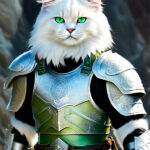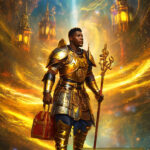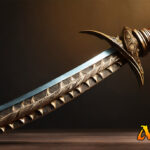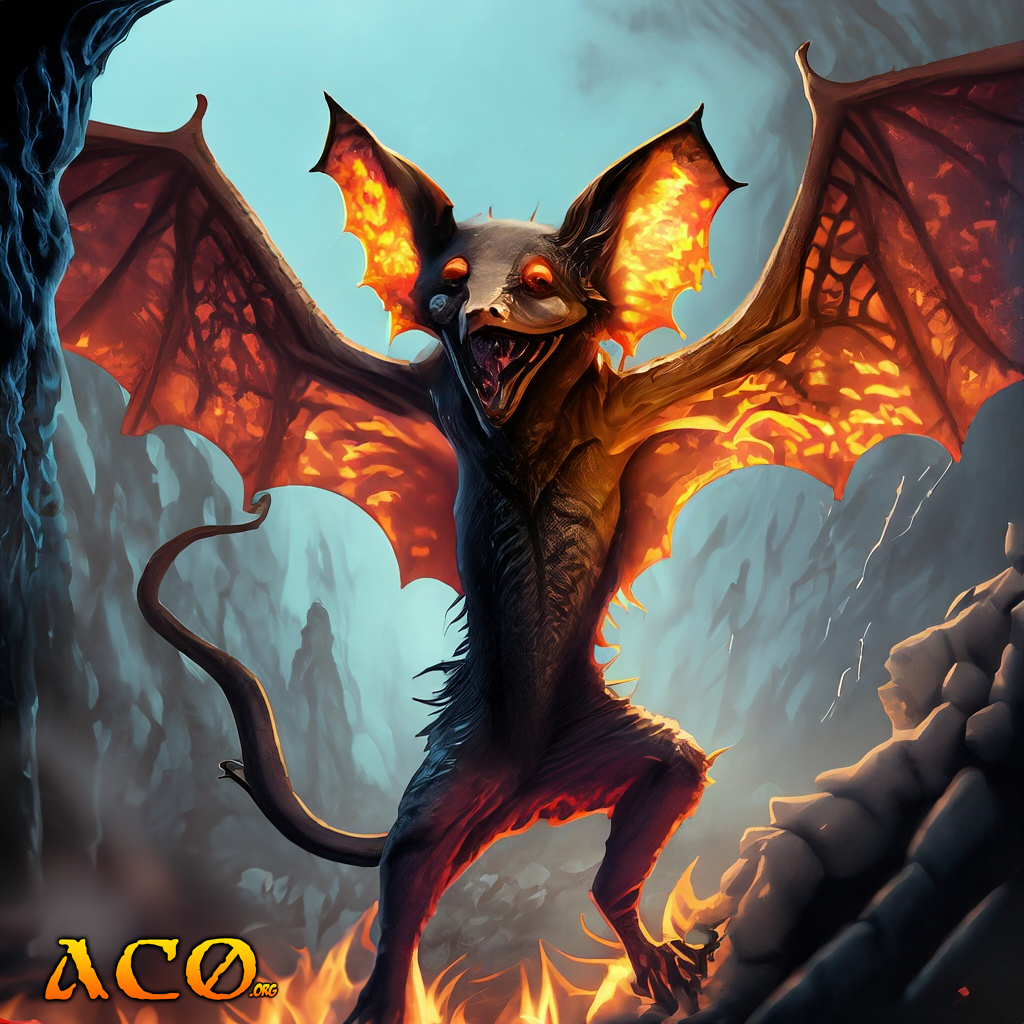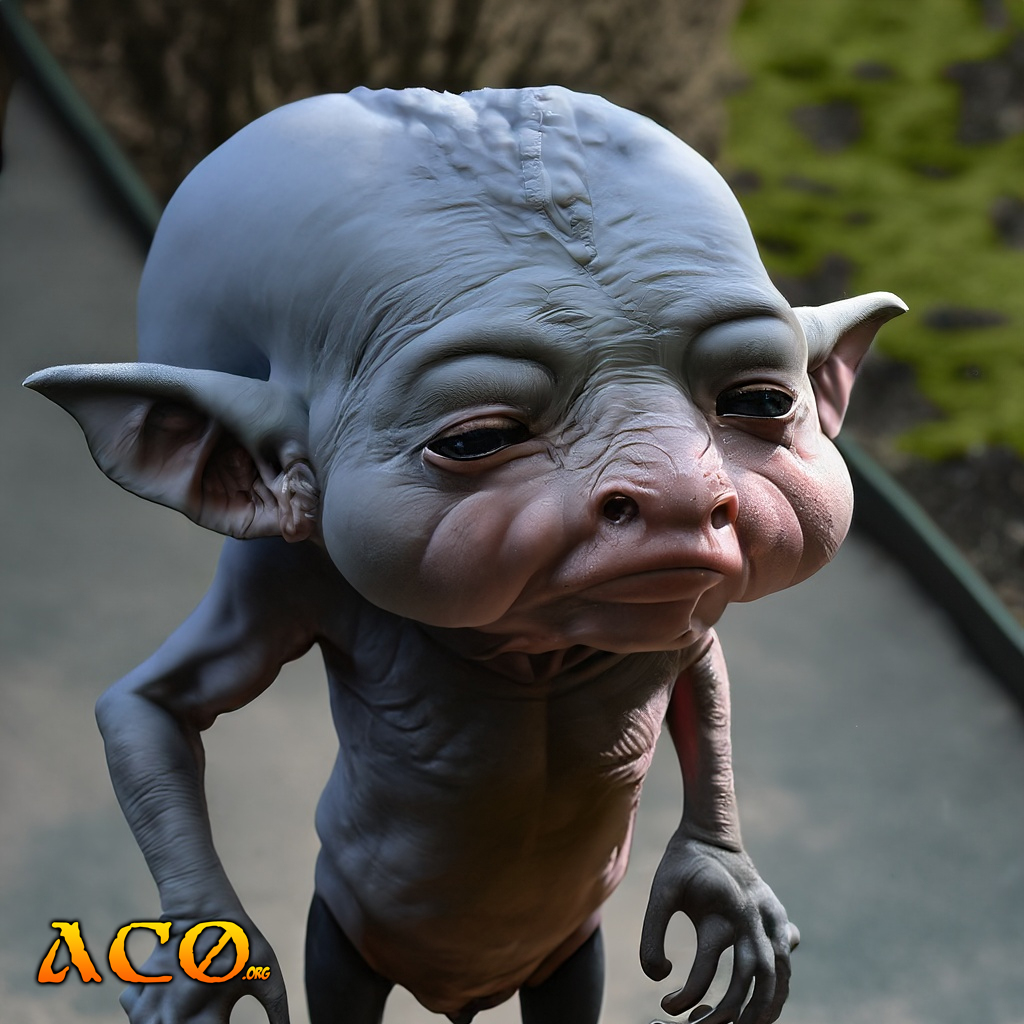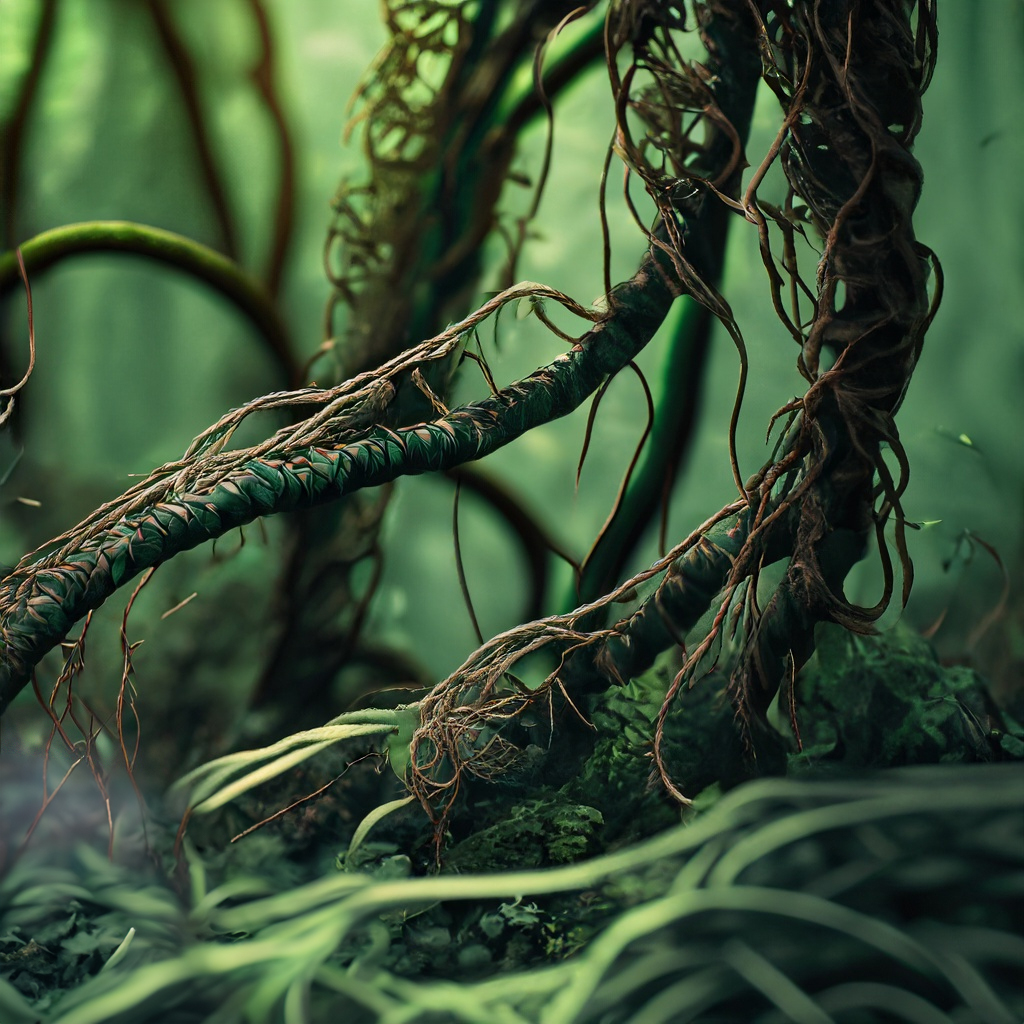Where did this piece of Shitake first appear? How about In the Dungeons of the Slave Lords A4 (9042) in 1981! But unlike some of the other monsters we post, this guy made it into one of the big book! He made it into the original Monster Manual 2 in 1983 and the updated version in 2001. He is a pretty fungi to put in when you need something unexpected. Get it? Fungi? Fun guy? Yeah, that was dumb. But they’re still pretty cool. Let us know if you use one.
| FREQUENCY: Rare NO.APPEARING: 1-1 2120-200) A ARMOR CLASS: 10 MOVE: 9″ % IN LAIR: 70% TREASURE TYPE: S (x2) NO. OF ATTACKS: 1 HIT DICE: 1-6 DAMAGE/ATTACK: 1-4 to 6-24 (d4xHD) SPECIAL ATTACKS: Spore clouds (see below) SPECIAL DEFENSES: Poisonous skin MAGIC RESISTANCE: Standard INTELLIGENCE: Average ALIGNMENT: Lawful neutral SIZE: S to L (2′ per hit die) PSlONlC ABILITY: Nil Attack/Defense Modes: Nil/nil LEVEL/X.P. VALUE: IHD=1/14+l/hp 2 HD = 11/28 + 2/hp 3 HD = 11/50 + 3/hp 4 HD = 111/150 + 4/hp 5 HD = IV/205 + 5/hp 6 HD = V/425 + 6/hp | 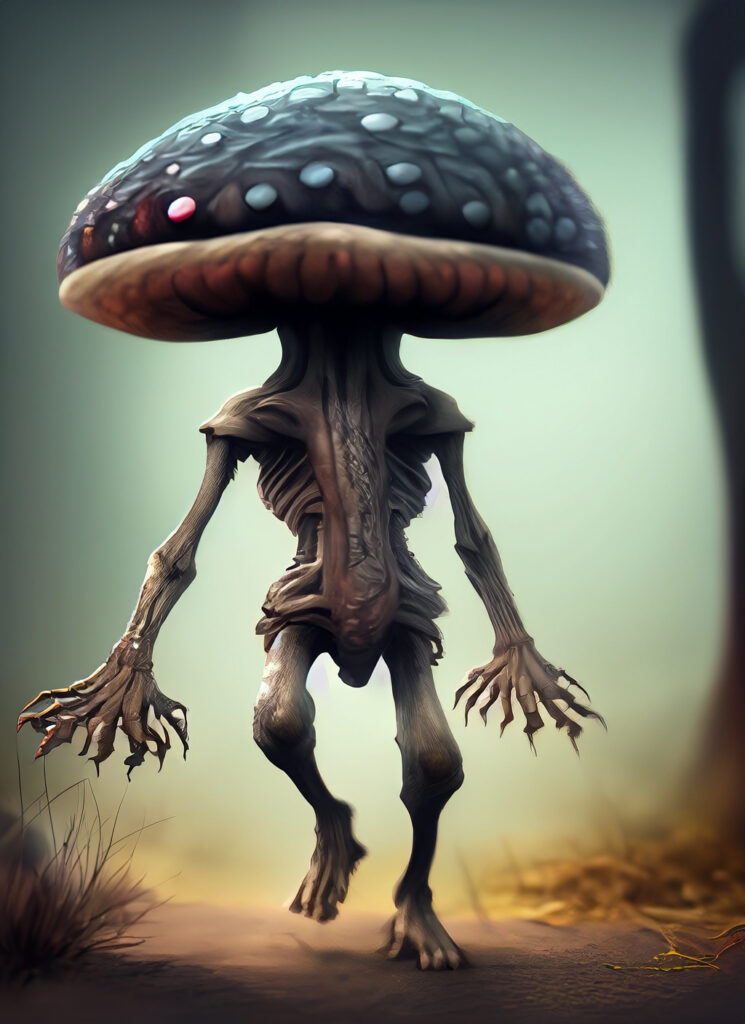 |
The myconids, or fungus men, resemble walking toadstools in humanoid form. Their flesh is bloated and spongy and varies in color from purple to gray. Their skin, except on their hands, oozes a substance poisonous to animal flesh. Personal contact with a myconid in most places will result in 1-4 points of damage to the creature doing the touching. Each of their pudgy hands has 2 stubby fingers and a thumb on either side. The myconids live deep underground under conditions suitable to fungi. They never venture out onto the surface, and they have a deathly fear of direct sunlight. (The exact effects of sunlight on a myconid are unknown, but they must be detrimental, or the fungus men wouldn’t fear them so.)
Myconid society is based on “circles,” extremely tight social groups linked by group work and melding sessions. Each circle’s day is rigidly structured: 8 hours of rest, followed by 8 hours farming the fungus crops or doing other necessary work, followed by 8 hours of melding. For the myconids, melding is entertainment, worship, and social interaction combined. The fungoids gather in a tight circle, and the elder members release rapport and hallucinator spores. The entire group then merges into a collective telepathic hallucination for 8 hours. Myconidsconsider this melding to be the reason for existence. Only distress spores will bring a circle out of meld early.
A myconid circle usually consists of 20 members, 4 of each hit dice size from 1-5, i.e., 4 1-hit dice myconids, 4 2-hit dice myconids, etc. As myconids age, they continue to grow in height and weight, gaining 2feet of height with each hit die. A 1-hitdiemyconid isonly2feettall. But the 6-hit dice king stands 12 feet tall. The damage they do in melee combat also increases with their size. Fungus men fight by clubbing with their clasped hands, doing ld4 points of damage per hit die of size, i.e., 1 hit die myconids do 1-4 points of damage, 2-hit dice myconids do 2-8 points, etc., up to the 6-hit dice king who inflicts 6-24 points of damage on a hit.
The myconids also have the ability to spew forth clouds of specialized spores. The number and kind of spores they can emit increases as they grow. As each myconid advances to another size level, it gains the ability to spray another type of spores, and the number of times per day each type of spore can be emitted also increases. A myconid can emit each of its spore types a number of times per day equal to its hit dice. For example, at 3 hit dice, a myconid will be able to spray 3 different types of spores, and each may be sprayed 3 times a day. The spore types are listed and explained below, in the order in which the abilities are gained:
Distress: This spore type is used to alert other myconids to danger or a need for aid. The cloud, which expands at the rate of 40feet per round, will gain the attention of all myconids around the emitter. It will expand to 120 feet maximum. This ability is gained at the 1 hit die level.
Reproducer: These spores are emitted only at the proper time for growing new myconids so that the population may be properly controlled. They are also automatically ejected by a dying myconid. This ability is gained at the 2 hit dice level.
Rapport: These spores are used primarily in the melding process. However, they can also be used by the myconids to communicate with other species (since the fungus men do not talk). A small cloud of spores may be puffed at 1 creature; if the being fails to save vs. poison, it will be able to go into telepathic rapport with myconids, speaking mind-to-mind in a normal manner. Willing recipients of the spores may deliberately fail their save. The duration of the effect is equal in turns to the hit dice of the myconid originator. This spore-ability is gained at the 3 hit dice level.
Pacifier: This type of spore cloud may be spewed at a single creature. If the creature fails to save vs. poison, it will be unable to do anything, becoming totally passive. The affected creature may only observe; it may take no action, even if under attack. This effect lasts for a number of rounds equal to the hit dice of the myconid spore spewer. The pacifier spore ability is gained at the 4 hit dice level.
Hallucinator: These spores are also primarily used in the melding ritual. However, they will affect other creatures as well. The spore cloud may be shot at 1 creature, and if that creature fails its save vs. poison, it will suffer violent hallucinations for a number of turns equal to the hit dice of the myconid responsible. Hallucinating creatures will react as follows (using ld20):
1-10 Cower whimpering
11-15 Stare into nothingness
16-18 Flee shrieking in a random direction
19-20 Attack closest creature to kill
The ability to emit hallucinator spores is gained at the 5 hit dice level.
Animator: This spore ability is gained.at the 6 hit dice level, the level which only the king may achieve. The king can use these spores to infect a dead person or animal. A purple fungus will cover the corpse, taking over the dead body systems and putting them back to work, animating the corpse so that it resembles a zombie (AC 10, MV 9″. HD 1, hp4, #AT 2, D bony claws for 1-311 -3). It is not undead, however, and cannot be turned by a cleric. The animated bodies are slower than they were in life, and they always strike last in a melee round (another resemblance to zombies). The body continues to rot and the fungus gradually replaces missing parts, becoming specialized to take over their functions. Eventually, however, the decay proceeds too far, and the body stops functioning, able to rest at last. Animation takes place 1-4 days after infection, and the corpse will be animated for 2-5 weeks before it decays. Animated creatures will follow simple orders (given by the animator with rapport spores) to the best of their ability. Orders take priority over self-preservation. The myconid king is always the largest member of the fungoid colony and the only member at the 6 hit dice level. It is also the only myconid who is not a member of a circle. The other myconids regard separation from their circle with horror and pitythe lonely king. The leadership role is thought of as a very unpleasant duty, almost a condemnation. However, when the old king dies, the strongest 5 hit dice myconid always assumes the role of the new king. The king must remain outside circle affairs to retain objectivity and pay close attention to the duties of leadership. The king animates guardians for the colony so that the myconids need not commit violence. It coordinates the work schedule and pays attention to affairs outside the colony that could affect the fungus men. The king also practices fungal alchemy, brewing special potions which may be useful in a time of trouble.
In general, the myconids are a peaceful race, desiring only to work and meld in peace. In combat, they will avoid killing, if they can, as violence adversely affects their meld hallucinations. However, accord has never been reached between fungoid and humanoid; each views the other as a disgusting threat, and population pressures in the limited underworld inevitably cause conflicts.
Theras Freman was born in the early 1970s and grew up in a small town in rural America. From a young age, he developed a fascination with fantasy and science fiction literature, devouring everything from J.R.R. Tolkien to Isaac Asimov.
In the decades that followed, Theras continued to be a prominent figure in the D&D community. He maintained a popular blog where he shared his insights and advice on all things related to the game, and he was a fixture at gaming conventions and other events.
To this day, Theras remains one of the most respected voices in the world of D&D and other tabletop roleplaying games. His passion for the hobby has never waned, and he continues to share his expertise with anyone willing to listen.




